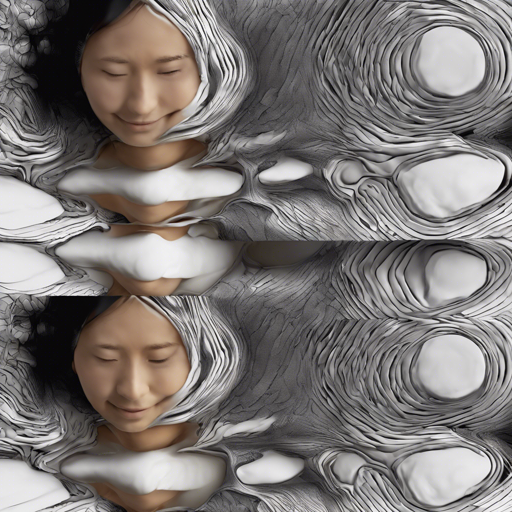Have you ever tried resizing an image but found that important elements were getting distorted or removed? Enter Seam Carving, a powerful technique for content-aware image resizing that intelligently adjusts the content of images while preserving significant features. This guide will walk you through a fast Python implementation of Seam Carving, based on concepts from renowned research papers.
Requirements
Before we dive into the code, make sure your environment is set up with the following libraries:
- OpenCV
- scipy
- numba
- numpy
Usage of Seam Carving
The program is run via the command line in two main modes: resize or remove. Here’s how you use the command:
python seam_carving.py (-resize -remove) -im IM_PATH -out OUTPUT_IM_NAME [-mask MASK_PATH] [-rmask REMOVAL_MASK_PATH] [-dy DY] [-dx DX] [-vis] [-hremove] [-backward_energy]Parameters Explained:
- -im: Specifies the input image path.
- -out: Specifies the name for the output image.
- -mask: (Optional) Provides a protective mask for areas to be preserved.
- -vis: (Optional) Displays a window showing seams during removal.
- -backward_energy: (Optional) Uses backward energy function instead of forward, which is the default.
For Resizing:
- -dy: Adjusts horizontal seams (positive to add, negative to subtract).
- -dx: Adjusts vertical seams (also positive to add, negative to subtract).
For Object Removal:
- -rmask: Specifies a removal mask for areas that should be removed.
- -hremove: (Optional) Performs horizontal seam removal.
Additional Parameters
Inside the seam_carving.py file, you can modify certain constants for customization:
- DOWNSIZE_WIDTH: Changes the maximum width for images before processing.
- SHOULD_DOWNSIZE: Set to False to disable automatic downsizing.
- SEAM_COLOR: Adjust the color used to visualize seams in BGR format.
Example Results
Here are some visual demonstrations of the algorithm:
Vertical Seam Removal:


Horizontal Seam Removal:


Seam Removal with Protective Masks:


Explaining the Code with an Analogy
Imagine you own a beautiful, intricate cake (your image). When you want to resize it (make it smaller), typical techniques would hack away at random parts of the cake, potentially ruining the design. Seam Carving, however, is like having a magical knife that knows exactly which piece to remove without damaging the overall appearance. It identifies the least important sections (seams) and delicately carves them away, preserving the most significant elements of your cake (image).
Troubleshooting
If you encounter issues while using the Seam Carving implementation, consider the following troubleshooting steps:
- Ensure all required libraries are installed and up-to-date.
- Double-check your input paths for images and masks; they must exist and be correctly referenced.
- If the program hangs, try reducing the size of input images or disabling downsizing.
- For any persistent issues, consult the documentation or experiment with the additional parameters mentioned above.
For more insights, updates, or to collaborate on AI development projects, stay connected with fxis.ai.
Conclusion
Seam Carving is a fascinating method that enhances image resizing and object removal in a more thoughtful way than conventional cropping methods. By understanding and utilizing this technique, you can improve your digital image processing projects significantly.
At fxis.ai, we believe that such advancements are crucial for the future of AI, as they enable more comprehensive and effective solutions. Our team is continually exploring new methodologies to push the envelope in artificial intelligence, ensuring that our clients benefit from the latest technological innovations.

